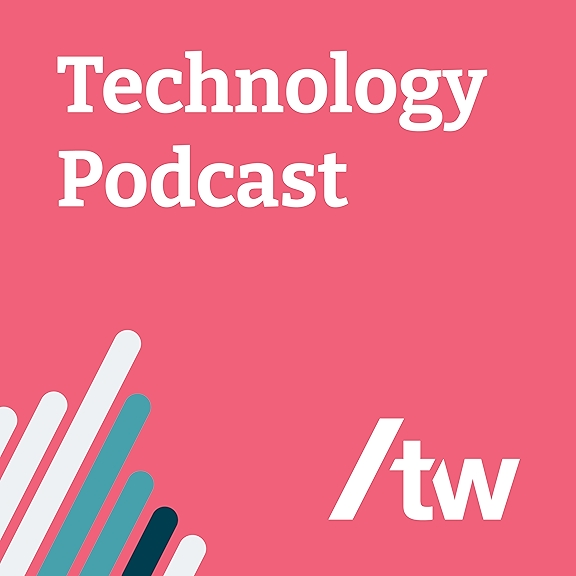
Foursquare moves to the future with a Geospatial Knowledge Graph. Featuring Distinguished Engineer Vikram Gundeti
From a consumer-oriented application, Foursquare has evolved to a data and product provider for enterprises. The next steps in its evolution will be powered by the Foursquare Graph
If the name Foursquare rings a bell, it means you were around in the 2010s. Your only resort to plausible deniability would be if you are a data professional - although that's not an either/or proposition.
In the 2010s, Foursquare was a consumer-oriented mobile application. The premise was simple: people would check in at different locations and get gamified rewards. Their location data would be shared with Foursquare and used for services such as recommendations.
Facebook and Yelp got the lion's share of that market, but Foursquare is still around. In addition to having 9 billion-plus visits monthly from 500 million unique devices, Foursquare's data is used to power the likes of Apple, Uber and Coca-Cola.
Today the company announced Foursquare Graph, what it dubs the industry’s first application of graph technology to geospatial data.
I caught up with Vikram Gundeti, Distinguished Engineer at Foursquare, to learn more about what kind of data Foursquare deals with, what it does with that data, and how using graph is going to help.




















